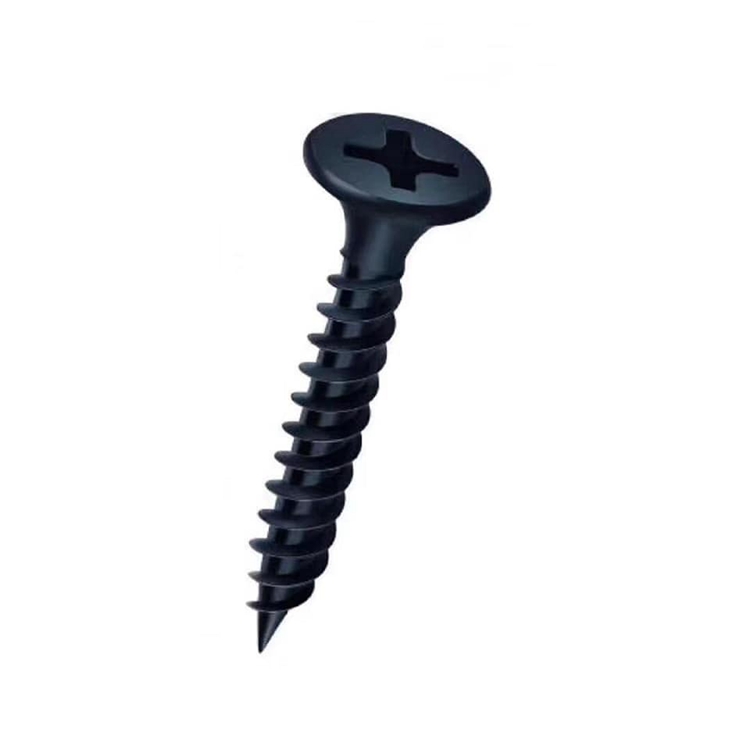Eyebolt Production Facility for High-Quality Fasteners and Custom Solutions
نومبر . 28, 2024 06:30 Back to list
Eyebolt Production Facility for High-Quality Fasteners and Custom Solutions
The Eyebolt Factory A Pillar of Engineering Innovation
In the ever-evolving landscape of manufacturing, the eyebolt factory stands out as a testament to innovation and precision in engineering. Eyebolts, the versatile fastening devices that seemingly play a simple role in lifting and securing objects, are integral to various industries—from construction and marine to manufacturing and transportation. This article explores the significance of eyebolt factories, their manufacturing processes, and their contributions to modern engineering.
Understanding Eyebolts
Eyebolts are metal fasteners with a looped top that allows for the attachment of ropes, chains, or cables, making them essential in lifting and hoisting operations. They come in various sizes and materials, including steel, stainless steel, and alloy metals, tailored to withstand specific weight limits and environmental conditions. The design of each eyebolt is engineered to ensure maximum load capacity and safety, highlighting the importance of precision in their production.
The Manufacturing Process
The production of eyebolts begins with the selection of high-quality raw materials. Steel and stainless steel are commonly used for their strength and durability. The manufacturing process involves several intricate steps, including
1. Forging Raw materials are heated and shaped into the basic form of the eyebolt. This process not only provides structural integrity but also enhances the strength of the metal.
2. Machining After forging, the eyebolts undergo machining to achieve precise dimensions. CNC (Computer Numerical Control) machines are employed to ensure uniformity and accuracy, which are critical for the eyebolts' performance under load.
eyebolt factory

3. Heat Treatment To enhance the hardness and durability of the eyebolts, they undergo heat treatment. This process involves heating the eyebolts to high temperatures and then cooling them rapidly, resulting in improved mechanical properties.
4. Coating Depending on the intended application, eyebolts may be coated with protective finishes to resist corrosion and wear. Options such as zinc plating or powder coating provide additional protection and aesthetic appeal.
5. Quality Control Rigorous testing and quality control measures are implemented throughout the manufacturing process. Each batch of eyebolts is subjected to load testing, visual inspections, and dimensional checks to ensure they meet industry standards and safety regulations.
Innovation and Technological Advancements
The eyebolts industry has witnessed significant technological advancements in recent years. Automation and robotics have streamlined production processes, increasing efficiency and reducing human error. Additionally, the incorporation of smart technology, such as load sensors integrated into eyebolts, has emerged, allowing for real-time monitoring of weight loads and enhancing safety in operation.
Furthermore, sustainability has become a focal point in manufacturing practices. Many factories are investing in eco-friendly materials and energy-efficient production methods, reducing their carbon footprint while meeting the growing demand for sustainable products.
Conclusion
The eyebolt factory plays a crucial role in the global manufacturing landscape, providing essential components that facilitate safety and efficiency in various applications. As technology continues to advance, the future of eyebolt production looks promising, with innovations poised to enhance their performance and sustainability. Whether lifting heavy machinery or securing loads on a construction site, eyebolts remain an unsung hero in the world of engineering, showcasing the importance of precision, quality, and innovation in manufacturing.
Latest news
-
Reliable Axle Nuts Supplier | Quality & Precision Fasteners
NewsAug.23,2025
-
Durable Bolts for Lawn Mower Handle - Top Supplier & Manufacturer
NewsAug.22,2025
-
High-Quality Bolts for Lawn Mower Handle Supplier & Manufacturer
NewsAug.21,2025
-
Reliable Axle Nuts Supplier | High-Quality Automotive Parts
NewsAug.19,2025
-
Premium Wire Bolts Suppliers | Durable & Reliable Fasteners
NewsAug.18,2025
-
Leading Metric Wood Screw Companies & Manufacturers
NewsAug.17,2025
